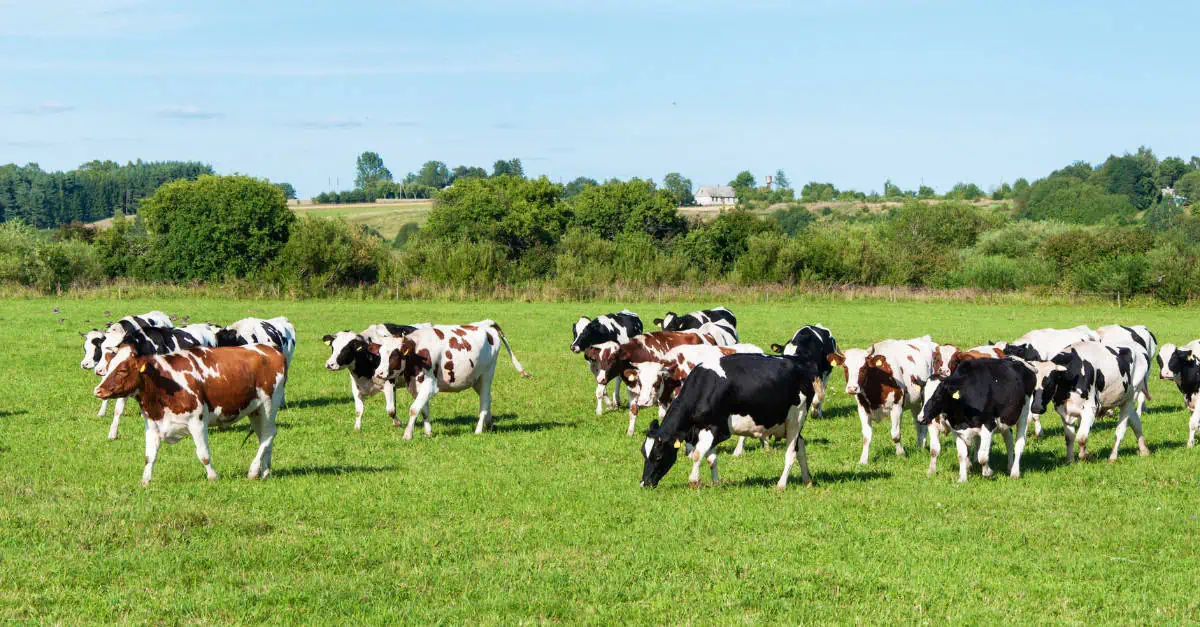Setting the Right Price
Harm van der Horn, Senior Manager Strategic Pricing at FrieslandCampina, oversees a small team responsible for price optimization of their dairy products. “We need to optimize our revenues by setting the right price. Not too high, because otherwise we don’t sell anything, and not too low, otherwise we don’t get the maximum turnout,” explains Harm. “In a team of 5-10 people, we focus on market intelligence and pricing. In pricing, we focus on pricing dairy products such as cheese, butter, and milk powder. I myself am primarily responsible for cheese pricing, which cheese is sold to a broad variety of customers (e.g. retailers, pizza producers, repackers, etc.).”
The team bases their pricing decisions on market prices, but also on internal factors. “We put quite some effort internally to get a picture of where our market prices might move to,” says Harm. “We also look at our own internal availabilities—do we have a lot of cheese still to sell, or do we have quite limited cheese to sell?”
Automated Real-Time Data
The implementation of Vesper’s API has significantly streamlined FrieslandCampina’s data integration process. “With the help of Vesper’s API, we can better merge our own data and market data trends into a single dashboard.
The API serves as a high-speed connection between FrieslandCampina’s system and Vesper’s database, automatically syncing real-time insights and analyses and generating custom reports at a company-wide level.
Harm illustrates the functionality of these dashboards: “Our pricing dashboards, used by our market intelligence team and stakeholders of more than 50 people, incorporate numerous market prices—between 50 and 100—pulling in data from multiple sources including’s Vesper pricing data on cheese, butter, and milk powders. One of the benefits of Vesper’s data is that it is quickly available, and is able to show prices in different currencies, making it easy to compare price levels like-for-like.
These dashboards allow FrieslandCampina to effortlessly monitor price trends over time across various price indices and compare them with its own forecasting models. “These dashboards give important insights in market developments of different products , and therefore help us in setting the right price for the right product at the right moment in time.”
Verifying Market Trends
Before adopting Vesper’s API, FrieslandCampina heavily relied on scraping for data collection. “Since Vesper’s API became available, we transitioned some of our scraping to the API. When you rely on scraping for gathering a large amount of information, you encounter various issues—sometimes it doesn’t work, or it demands significant effort.”
Besides scraping, Harm mentions that some data was entered manually before the API was implemented. “Imagine someone checking 50 websites manually and typing all the numbers into an endless Excel sheet. It was old-fashioned, time-consuming and prone to human error. Implementing the API has significantly improved efficiency, saving at least a full day of manual data entry while also reducing the risk of errors.”
Implementing the API has made it easier for FrieslandCampina to incorporate additional data sources, providing a more comprehensive market view. Harm explains, “Using multiple sources reduces bias and offers better validation and insights into trends.”
Additionally, the new data helps identify price correlations. For example, while the EEX provides prices for Gouda, mozzarella, and cheddar, Vesper also includes Emmental, an important product for FrieslandCampina. “We knew about the correlation between Gouda and Emmental prices, but Vesper’s API clarifies market dynamics and simplifies tracking correlations across more cheeses.”
Tip: If you want to explore the options of accessing multi commodity data on Vesper’s Commodity Intelligence platform, please book a demo to see how we can tailor data to your businesses needs.



















